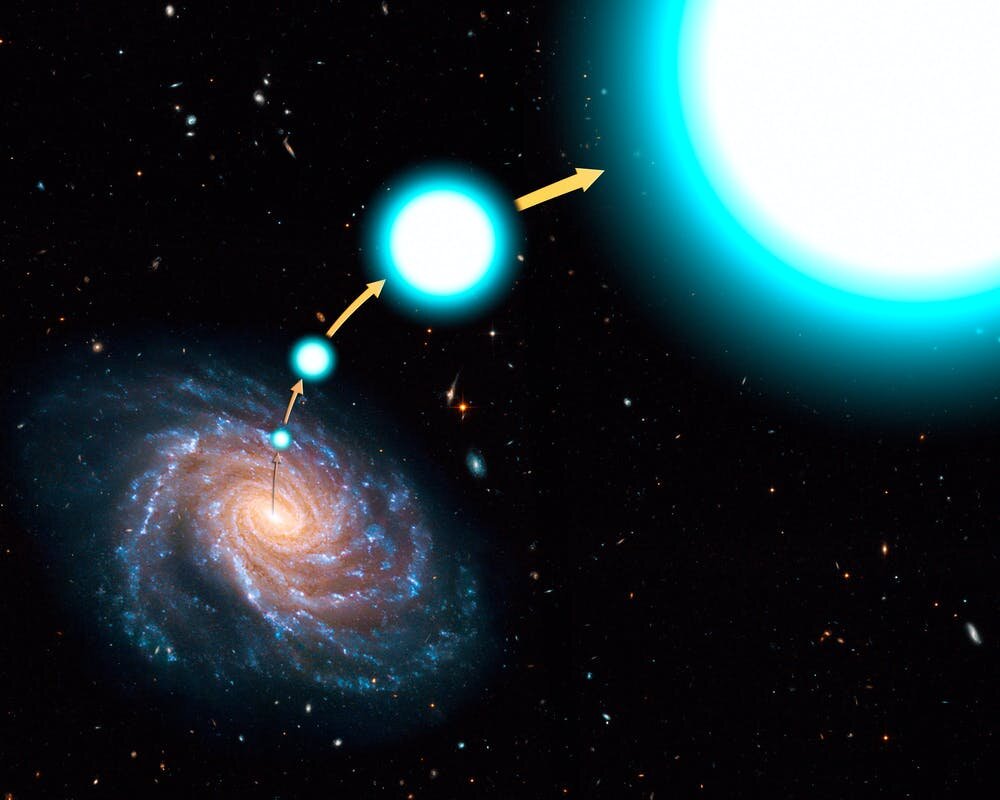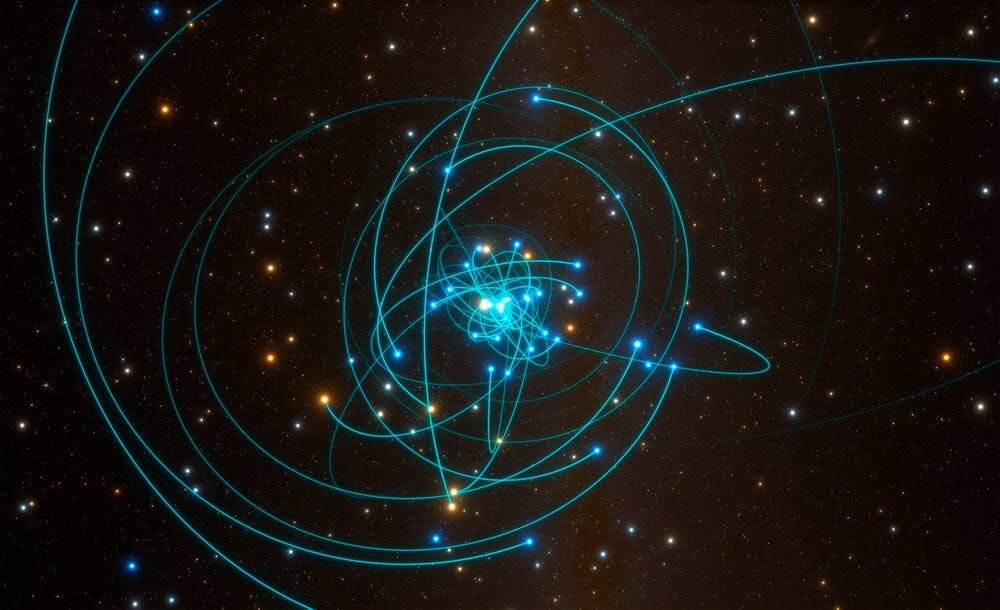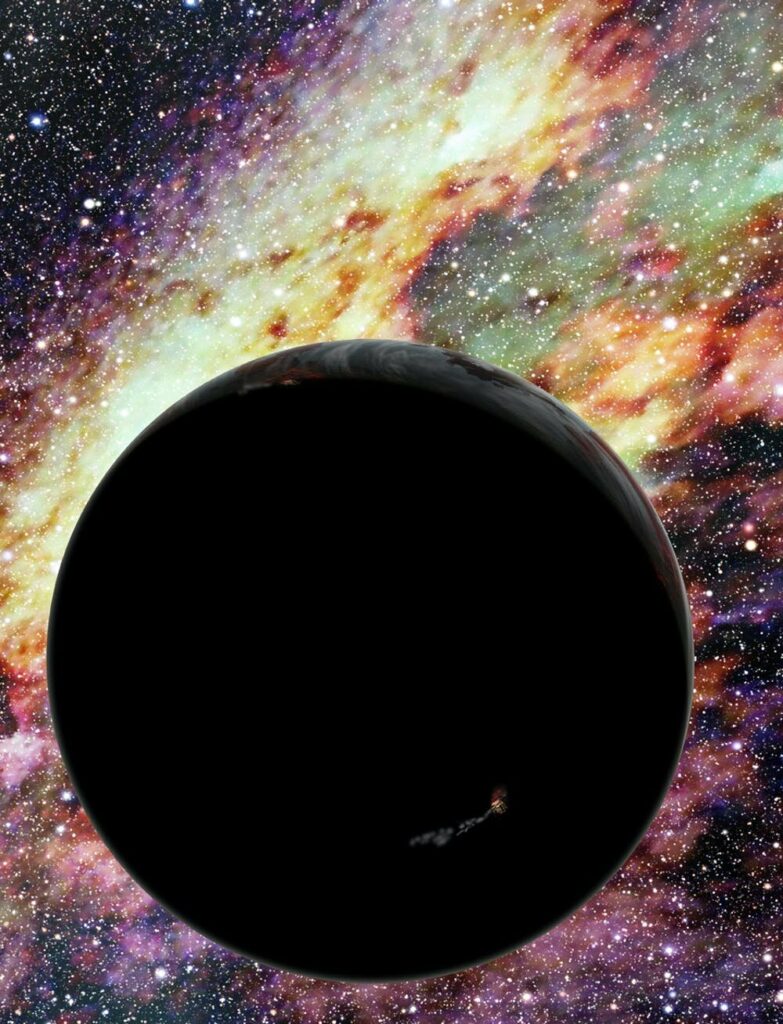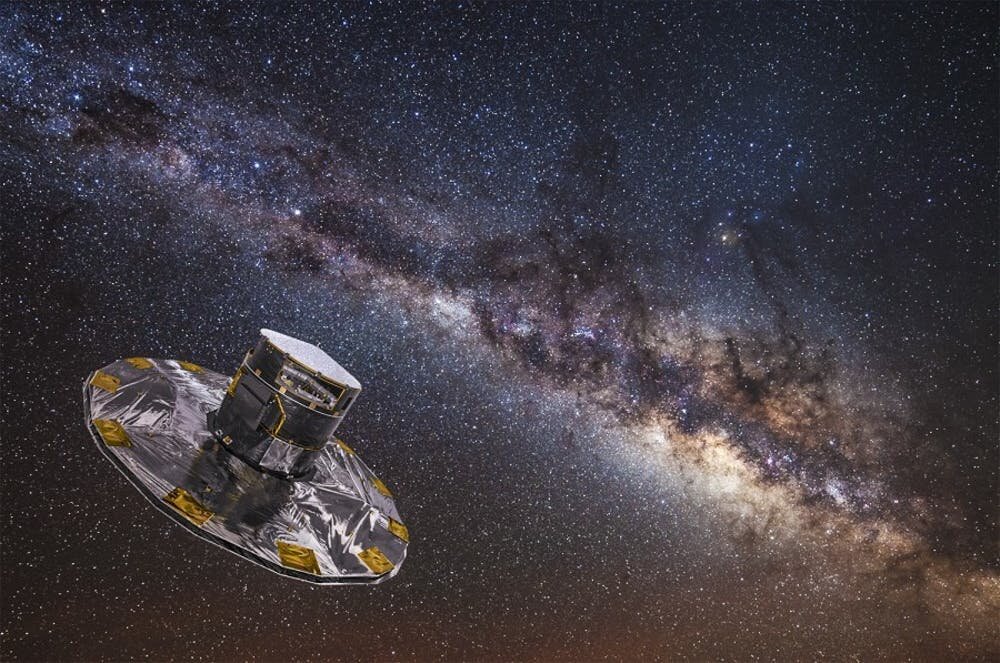Genuine Shooting Stars Exist, but They Differ from the Streaks Seen in a Clear Night Sky
“I see thy glory like a shooting star.”
According to the Earl of Salisbury’s contemplation on the future in Shakespeare’s “Richard II,” it is stated that shooting stars were perceived as celestial bodies descending from the sky and indicating impending disaster during the English Renaissance. However, scientific advancements in the late 19th century revealed a more ordinary explanation. Presently, what we commonly refer to as shooting or falling stars are actually tiny fragments of rock or dust that swiftly disintegrate upon entering the Earth’s atmosphere.
However, there is a fascinating surprise in store for you in the realm of nature – shooting stars are indeed a reality. As an astrophysicist specializing in celestial mechanics, my research revolves around the movement of celestial objects such as stars, planets, and galaxies. During the period from 2005 to 2014, an extensive observational program was conducted, combining the efforts of the Sloan Digital Sky Survey and telescopes at the Fred Lawrence Whipple Observatory. This program successfully confirmed the existence of a new category of stars that possess such extraordinary velocity that they are capable of evading the gravitational pull of their home galaxies. These remarkable celestial entities, known as hypervelocity stars, have only recently begun to be comprehended by astronomers. They traverse the vast expanse of the cosmos at speeds reaching millions of miles per hour, leaving us in awe of their sheer magnitude and power.

Spinning stars and slingshots
The origin of hypervelocity stars can be traced back to 1988, when Jack Gilbert Hills, a theoretical scientist at Los Alamos National Labs, conceived an intriguing notion. He pondered the outcome if a binary star system, consisting of two stars gravitationally bound to each other and revolving around a shared center of mass, ventured close to the colossal black hole situated at the heart of the Milky Way. Through meticulous calculations, Hills determined that the immense tidal force exerted by the black hole could tear the binary system apart. To illustrate this phenomenon, envision two ice skaters clasping hands and twirling around until they abruptly release their grip. The skaters will then propel away from each other. Similarly, when two stars within a binary system are forcibly separated due to a close encounter with a black hole, they will disperse in opposite directions. In such an encounter, one star may acquire sufficient energy to be catapulted out of the galaxy entirely. Presently, astronomers possess knowledge regarding the birth of hypervelocity stars, which occurs through this mechanism.
Theory, observations and simulations
After the publication of Hills’ prescient paper, the astronomy community considered hypervelocity stars an intriguing possibility, albeit one without observational evidence. That changed in 2005.

While observing stars in the halo of the Milky Way, a group of researchers utilizing the MMT Observatory in Arizona stumbled upon an unexpected phenomenon. They witnessed a star escaping the Milky Way at a staggering speed of approximately 2 million mph (3.2 million kph). This star, known as HVS1, is the first hypervelocity star ever recorded. Although observations provide some insight, my advisor and I resorted to computer simulations to address other inquiries, such as the fate of the companion star once it separates from the hypervelocity star. Our models indicate that the remaining star in the former pair often ends up orbiting the black hole in a similar manner to how the Earth orbits the Sun. Another intriguing outcome of these simulations was the revelation that the two stars occasionally collide with each other. In such instances, the stars may merge to form a single, immensely massive star. If you are curious about the destiny of a planet orbiting one of these stars, we have also simulated that scenario. In a concise paper published in 2012, my colleagues and I demonstrated that the black hole at the core of our galaxy has the capability to expel planets from the Milky Way at speeds nearly equivalent to 5% of the speed of light.
As of today, no hypervelocity planets have been detected, but they very well might be out there, waiting for some happy astronomers to chance upon them.

Not all fast stars leave the galaxy
Using data obtained from the Gaia spacecraft, which was launched in 2013, my colleagues and I have made an intriguing discovery. We have found that certain stars, previously classified as “hypervelocity stars” by the astronomy community, are actually likely to be gravitationally bound to the Milky Way galaxy. Although this outcome may initially seem disappointing, it actually sheds light on two crucial aspects. Firstly, it highlights the existence of various mechanisms that can accelerate stars to high velocities. Presently, astronomers have identified thousands of fast-moving stars. However, it is important to note that not all fast-moving stars can be categorized as hypervelocity stars that have escaped the gravitational pull of the Milky Way. Secondly, this finding suggests that true hypervelocity stars, which are capable of escaping the Milky Way, may be less common than previously believed.
The future is bright and fast
It is truly captivating that genuine shooting stars exist. Equally astonishing is the fact that by examining their paths and speeds, we can unravel some of the most significant inquiries in the field of science today. For instance, the study of hypervelocity stars could provide valuable insights into the characteristics and dispersion of dark matter throughout the universe. Furthermore, these hypervelocity stars might hold the key to determining whether there exists more than a single black hole at the core of our galaxy.

My students are utilizing NASA’s Transiting Exoplanet Survey Satellite to explore for planets orbiting these incredibly swift stars. The identification of just a single planet revolving around a hypervelocity star will undoubtedly revolutionize our understanding of planetary formation and ability to sustain life. These stars possess remarkable velocity, yet gradually they are illuminating the enigmatic aspects of nature. Although witnessing an actual shooting star may be beyond our visual reach, we can certainly make a heartfelt wish upon one.
This article is republished from PhysORG under a Creative Commons license. Read the original article.
Do not forget to share your opinion with us to provide you with the best posts !




0 Comments